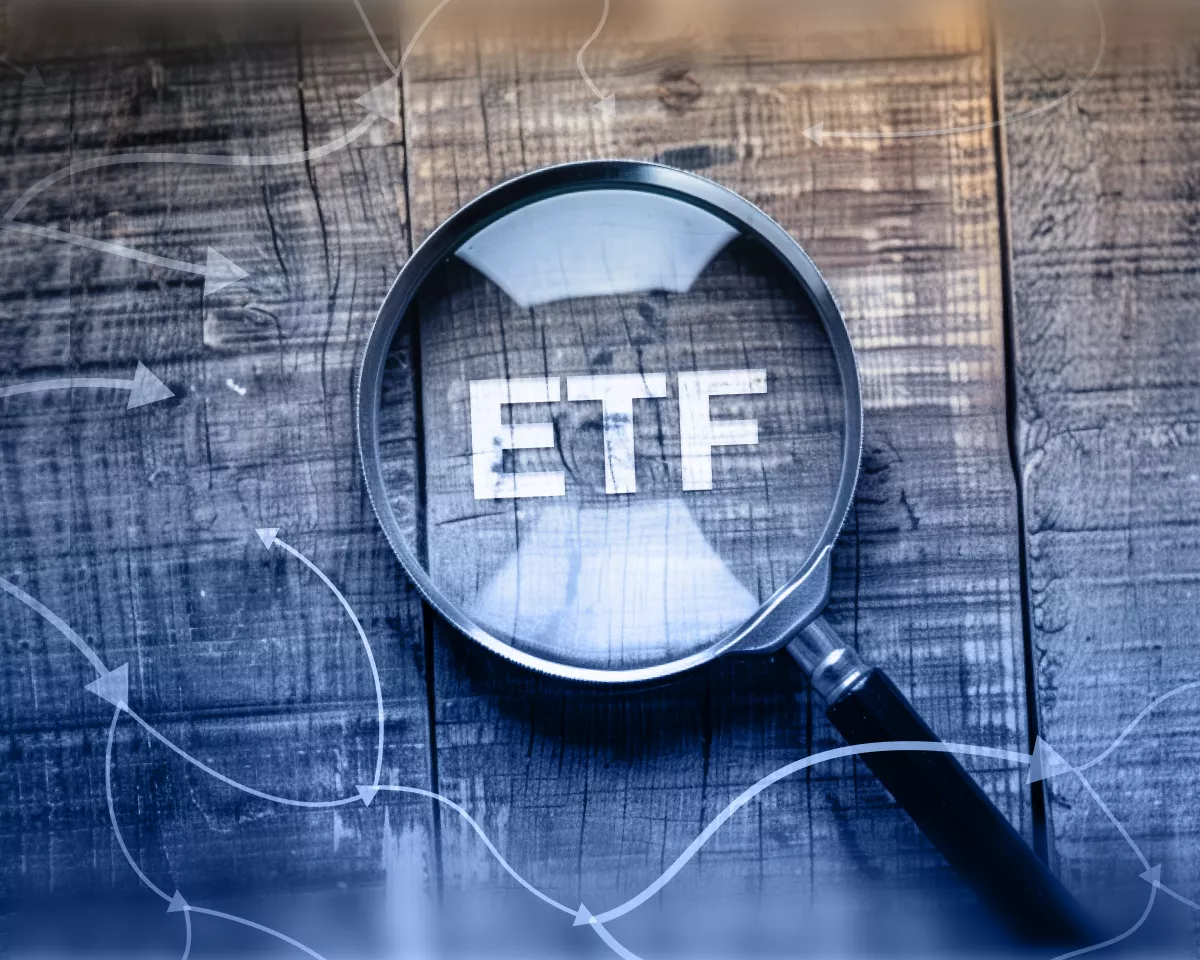President-elect Donald Trump’s promises to “Make America Great Again” look feasible on paper, owing to the fact that US equities are dominating global markets. The nation’s stock markets outperformed the rest of the world by 20% in the past year. However, his administration is still not satisfied, and they want it all: to be the “epicenter” of every economic trade channel. With this in mind, analysts anticipate a flurry of tariffs focused on China, a move that could heavily affect emerging markets. Trade experts warn such measures could disrupt global trade flows, increase costs, and trigger retaliatory actions. During his presidential campaign, Trump pledged to impose sweeping tariffs, including a 10% levy on global imports and 60% on Chinese goods. Other proposals include a 25% surcharge on Canadian and Mexican products and 100% tariffs on BRICS nations, should they attempt to establish a rival to the US dollar as a reserve currency. China dominates exports as local currency struggles Economists at Goldman Sachs believe China is ground zero for what is being dubbed “Trump Trade War 2.0.” Recent market data shows investors are already reacting to fears of a cold war, compelling Chinese stock exchanges and the central bank to shore up a weakening yuan. The currency recently hit a 16-month low, with the dollar trading above the critical 7.3 yuan milestone. Barclays projects the yuan could slide further to 7.5 per dollar by the end of 2025 or even to 8.4 if 60% tariffs are imposed. Compounding the pressure, China’s export prices have dropped 18% from their post-COVID peak, compared to a 5% global decline, as noted by CPB World Trade Monitor data . This significant decrease has fueled a 38% surge in Chinese export volumes over the past five years, dwarfing the global increase of just 3%. Much of this growth has been directed toward other emerging markets, and a possible trade war could crash their growth if they continue depending on Chinese goods. Emerging markets: Dark clouds gathering Donald Trump’s barks of imposing tariffs have left emerging markets outside China in quite a precarious position. With tariffs threatening to drive Chinese GDP growth down to 3% next year, these economies are grappling with stagnating investment levels and flat export volumes. Foreign direct investment remains subdued, undermining hopes of reshoring or “friendshoring” strategies. Adding to the difficulties, the US trade deficit composition has shifted significantly. While China now accounts for 27% of the deficit, other emerging markets constitute 55%, with Mexico, Vietnam, Taiwan, Korea, and Thailand seeing sharp increases. Experts reckon this shift will heighten trade uncertainty, and negotiations with the US administration could prove cumbersome. They also note that growth-sensitive assets such as equities and currencies are especially vulnerable in such a business environment. Even though monetary policy easing could offer relief, persistently high US interest rates limit the ability of emerging markets to act without destabilizing their currencies or widening credit spreads. Mixed reactions for emerging market assets Economists believe that high real interest rates and disinflation provide an attractive backdrop for fixed-income investments, particularly currency-hedged local debt. However, growth-sensitive assets face a less optimistic outlook. Emerging market equities are exposed to significant downside risks, and the depreciation of local currencies could erode returns further. The UBS Emerging Markets Risk Appetite Index highlighted this mixed sentiment. Currently positioned midway between risk neutrality and euphoria, it reflects stronger-than-expected resilience in emerging markets relative to global growth conditions. The Financial Times’ analysts forecast a 14% earnings growth rate for emerging markets in 2025-26, a marked improvement from the 4% realized during the 2018-19 trade dispute. Yet, the cost of hedging against currency depreciation remains near historic lows, which could mean markets are in a state of uncertainty. Meanwhile, among several emerging markets, investment levels have barely rebounded from the 2008 financial crisis as a share of GDP. Trade flows, already under strain, risk further disruption as the Trump administration’s proposed tariffs look to reshape global commerce.




















